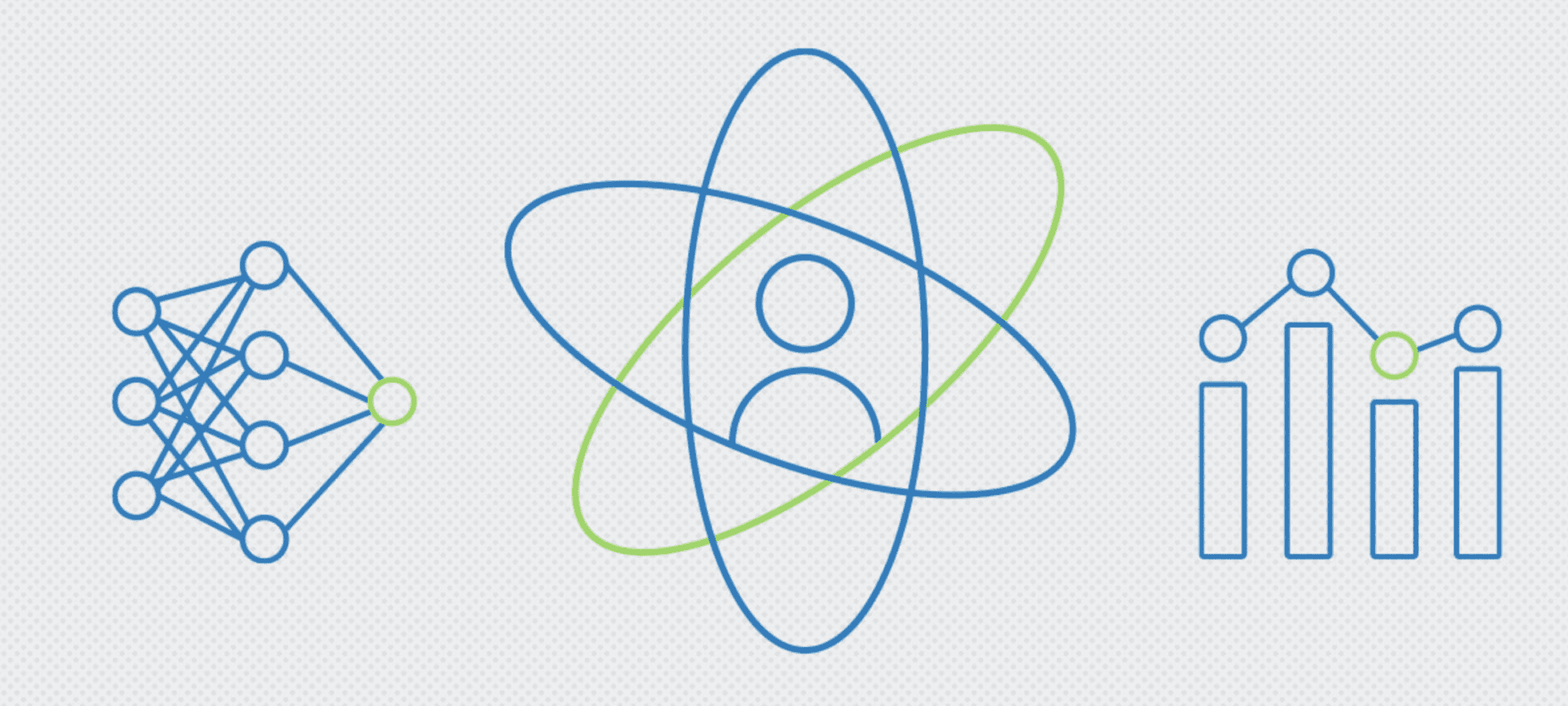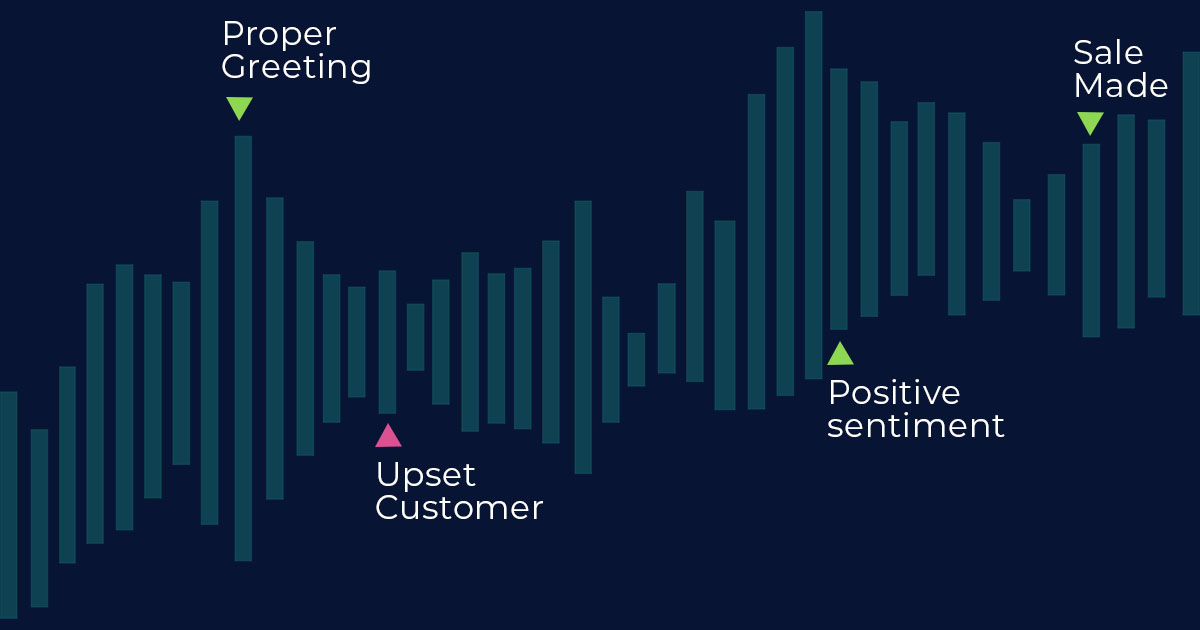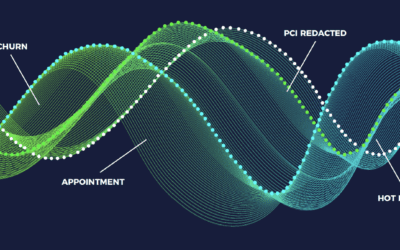When a customer calls a brand’s 1-800 number, their experience interacting with the call center agent can make or break their brand loyalty. Customer experience is a top concern for businesses that want to ensure customer retention and improve sales. Enterprise organizations have adopted the term “voice of the customer” (VOC) to describe customer feedback about products and services. A typical VOC program seeks to understand the customer journey, and their needs, wants, and expectations. Most companies measure these things with surveys or other standardized methods, but there is a powerful tool that many enterprise companies have yet to utilize: speech analytics.

Natural Language Processing for Customer Experience
Within the contact centers of enterprises, speech analytics is still unfamiliar territory to most. More businesses are choosing to adopt the technology as digital transformation and cloud-based infrastructure is gaining popularity. However, most contact centers for large brands still manually listen to and score only 5% of calls; this means a manager must personally listen to the recorded calls one at a time, note the findings, and act based on those findings only. By using speech analytics, 100% of all calls are analyzed automatically with machine learning algorithms, thus reducing cost and time significantly.
By leveraging this powerful technology, brands can access a wealth of value, optimize their customer experience, and in turn increase profits through more effective customer retention.

What is Natural Language Processing in Speech Analytics?
Natural Language Processing (NLP) in speech analytics provides the ability to parse and translate unstructured data like human conversations on a recorded call. NLP is what allows a system to determine whether you stated you are calling about a “fraudulent transaction” or a “new account.” Speech analytics goes beyond the words that were spoken. In human communication, how you say something is equally as– and sometimes more–important as the words themselves.
Sophisticated speech analytics platforms determine emotions, attitude, and can even alert a manager when callers are using explicit language. Machine Learning can even catch patterns that humans may not notice. For example, medical research institutions have studied using speech analytics to alert doctors if someone may be more at risk for manageable neurological conditions, such as anxiety or depression, based on their speech patterns and other nuances long before they present typical symptoms. These highly adept systems take massive amounts of unstructured data (the raw recorded calls) and turn it into a structured format that can be easily manipulated and visualized in your choice of analytics tool, such as Tableau, putting the Voice of the Customer at your fingertips.


